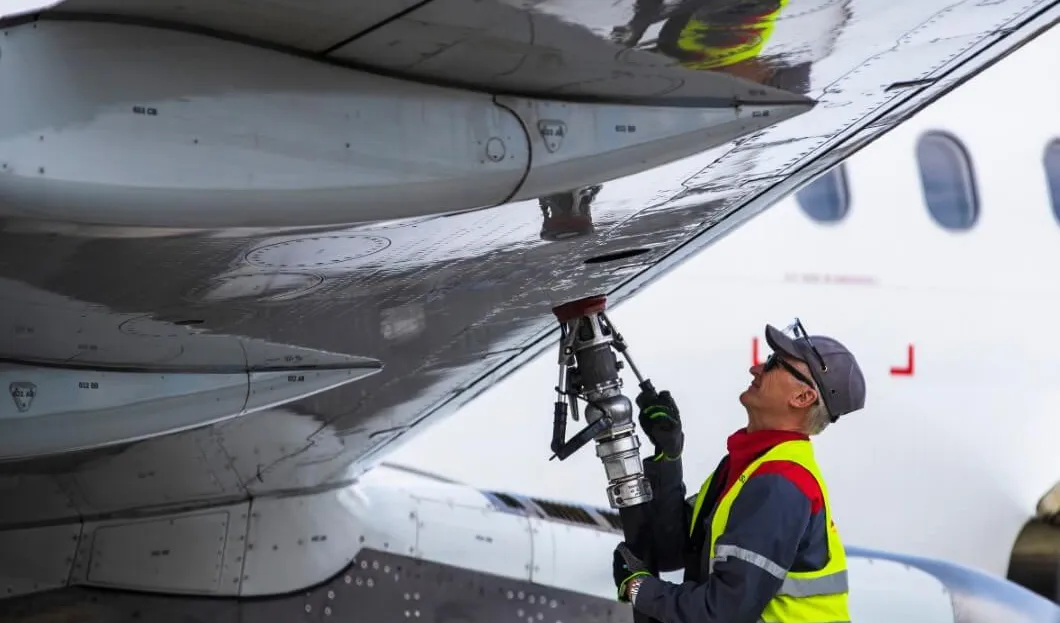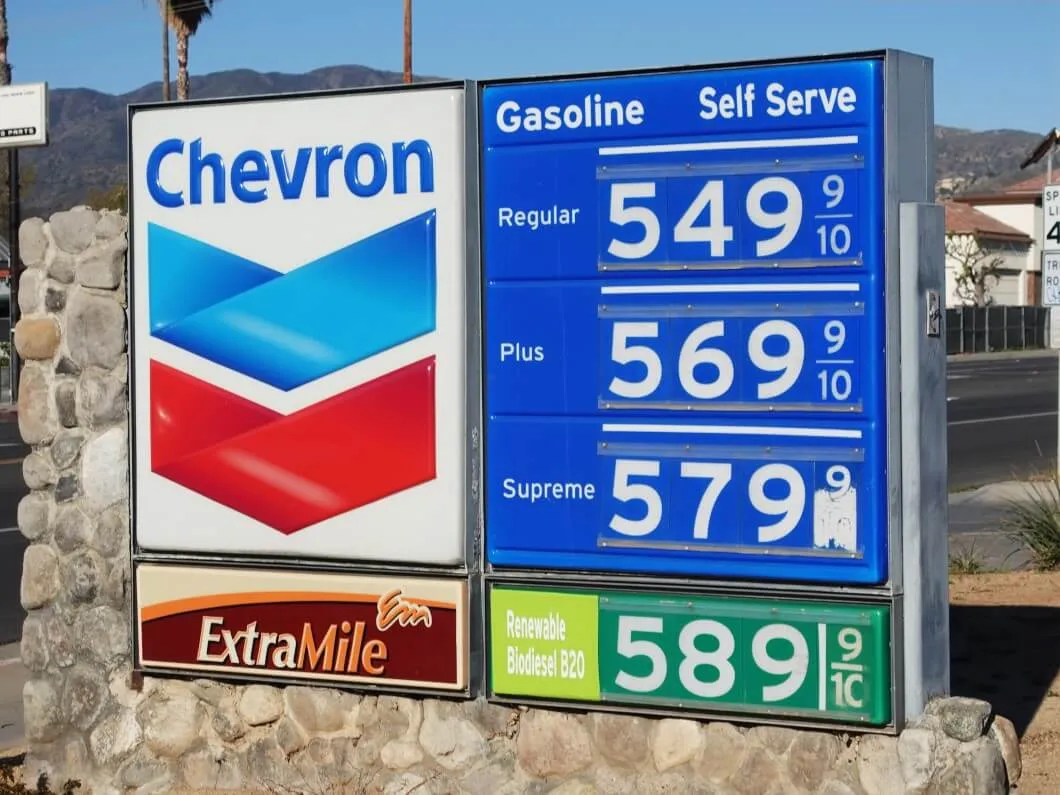
The vacation spirit is high after two years of Corona hardships. But the war in Ukraine is causing uncertainty, and the sharp rise in fuel prices will make 2022 vacations significantly more expensive.
Unfortunately, the war in Ukraine will probably not be over for a long time, the consequences and the extent are not foreseeable. For the tourism industry, which has been severely shaken after the two-year Corona travel standstill, this new uncertainty is a further setback. Offers remain unanswered, and the first cancellations are coming in. The well-started resumption of travel is once again in question. Some of those initially willing to travel are reconsidering whether and when a trip abroad is even an option.
Perhaps, after two years without a beach, many travel-hungry believe that a sunshine 2022 vacation is absolutely necessary. After all, many destinations are far away from the current conflict zone. As things stand today, air travel to almost any destination in the world is no problem.
But to start planning a vacation, the question now arises: by plane, by train or by car? Currently, the arguments favor traveling by. Apart from the environmental benefits of rail travel, there are now signs of significant price increases for airline fuel and car gasoline, which will have a significant impact on the vacation budget.
Airline-Fuel Cost: + 80 % and More
There is still little to be heard from the airlines regarding fuel surcharges. Air Asia was one of the first airlines to introduce a surcharge of $13 for flights over four hours. In the next few days, many airlines will probably follow this lead, but the amount of the surcharge cannot yet be estimated. United Airlines said last week that in normal years, 60 percent of higher fuel surcharges would be passed on, but in view of the many current crises, this is not yet foreseeable. In any case, the question marks are piling up at the airlines these days as to how pricing is to continue.
If the higher fuel prices are not explicitly shown as a surcharge and charged, it can be assumed that at least in the lower booking classes there will be significantly fewer seats available or that they will be closed entirely. It cannot be assumed that the airlines have hedged large quantities of fuel at lower prices - except for Ryanair, whose CEO claims to have hedged 80 percent. In fact, at the beginning of the Corona crisis, many airlines ran into the hammer and got their fingers burned because fuel prices plummeted by almost 70 percent at the time (from April 2019 to 2020). Now, within a year, a barrel of oil has risen 82 percent from $68 to $124.
For air travelers, booking is now likely to become significantly more expensive in the coming weeks. Despite expanded flight offers, the airlines can hardly put together special offers at the current fuel prices. Switching to the car, then? Not a chance.

Unleaded 95: + 60 percent
In the two Corona years, car vacations were very high in demand - the risk of contagion is very low, the flexibility to travel back whenever necessary is great. In Europe, many have discovered or rediscovered their own car or a camper as a vacation vehicle to reach the coasts of Croatia, Italy, Spain, France or the nature of Northern Europe. Cars are also playing a major role this vacation year.
Now, however, motorists are experiencing a real hammering at the gas stations. Overnight, a car trip has become significantly more expensive.
In Switzerland, for example, a liter of unleaded 95 gasoline cost 2.29 francs (EUR 2.25) at a BP gas station in Zurich. A comparison: unleaded 95 cost 1.41 francs (EUR 1.38) in March a year ago. In March 2022, a liter of gasoline will cost 62 percent more. It is unlikely that these prices will come down in the next few weeks. Quite the opposite: liter prices of three francs are suddenly conceivable.
Similarly, U.S. gasoline prices have been climbing towards an all-time record due to the Russian invasion of Ukraine. Then came president’s Biden announcement of an embargo on Russian oil and the fuel prices shoot through the roof. On 7th Jan, the average price of gas in the U.S. stood at $4.10 (EUR 3.76) per gallon – that is EUR 0.99 per liter. While in many countries, taxes make up the majority of the price of gas, U.S. taxes on gasoline are comparably low, thus the U.S. gas price is still not as high as it might appear when adding a global perspective.
As of 7th March, around Europe in general the gasoline price per liter ranged between EUR 1.3 to 1.9 and have been rising every day. The highest prices are reported from Norway, Denmark and Sweden. The priciest European economy as of 7th March was Germany, charging EUR 1.9 per liter.
The prices in Australia, India, China, and South Africa are similar to the U.S. gas prices and range between EUR 1.2 and 1.3 per liter of gasoline. The most expensive liter of gas included in the ranking of 7th March was sold in Hong Kong at EUR 2.6.
On the other hand, cheap gas prices have been observed throughout North Africa and the Middle East as well as in Central Asia and Russia. In Algeria, for example, gasoline cost only around EUR 0.29 per liter most recently, while in Russia, the price was approximately EUR 0.34.
Special Surcharge
Moreover, like the airlines are expected to add new fees to balance the fuel price hikes, other companies may start to consider this idea as well. The San Francisco-based Uber for example already announced it would add a per-trip surcharge for both riders and deliveries.
"We know drivers and couriers are feeling the sting of record-high prices at the pump, so we're rolling out a temporary fuel surcharge to help," said Liza Winship, head of driver operations in the U.S. and Canada for the company.
The company will add between $0.45 or $0.55 per ride and between $0.35 or $0.45 per delivery from its, Uber Eats service for the next 60 days, depending on the average trip length and gas prices in each market.









